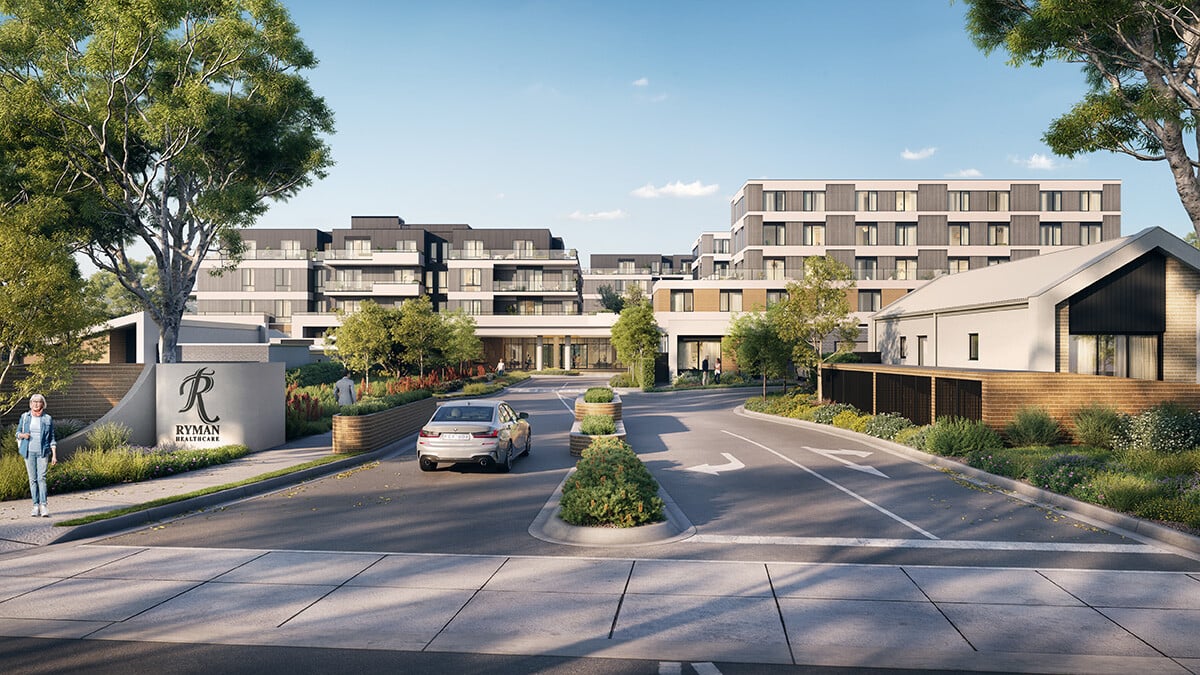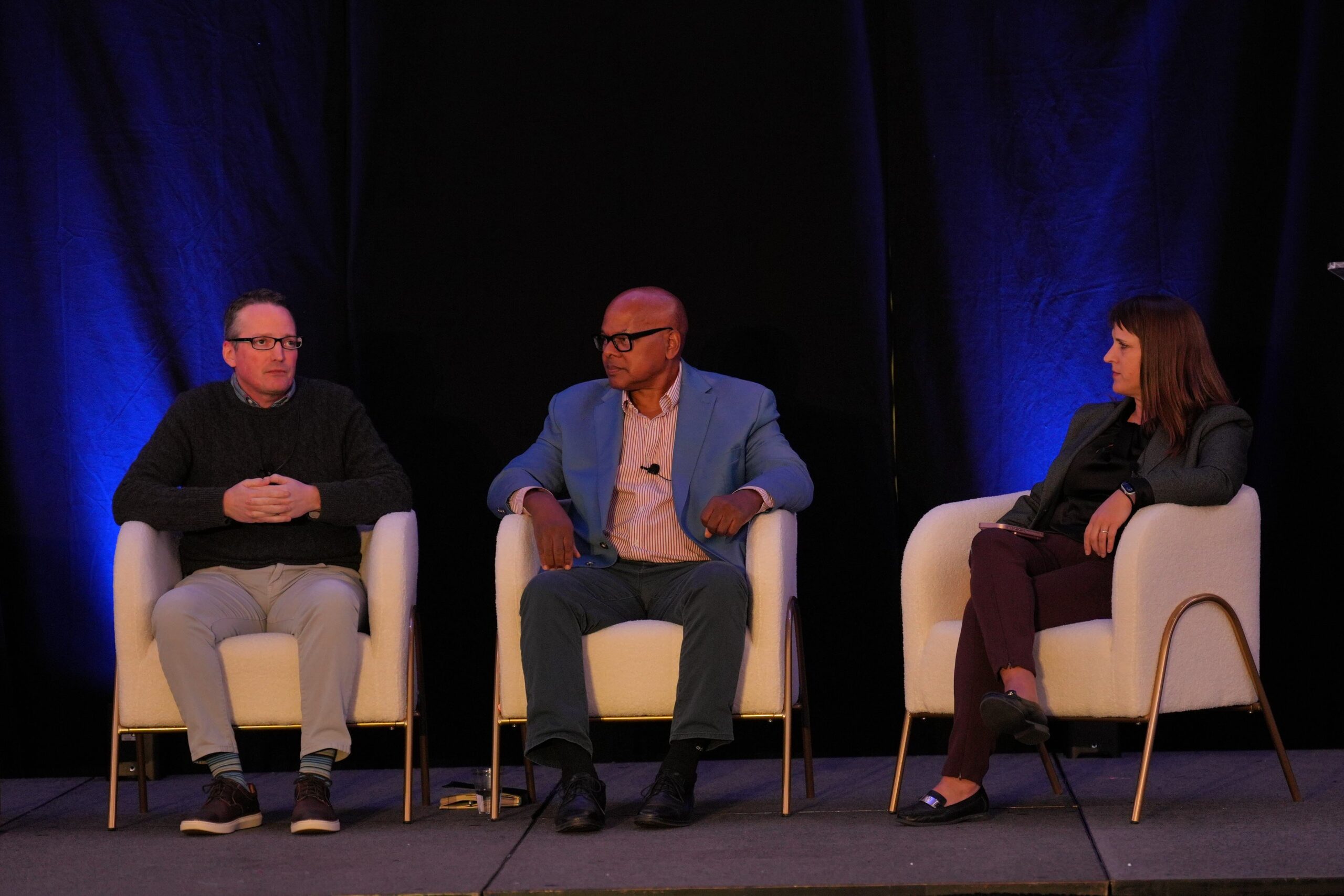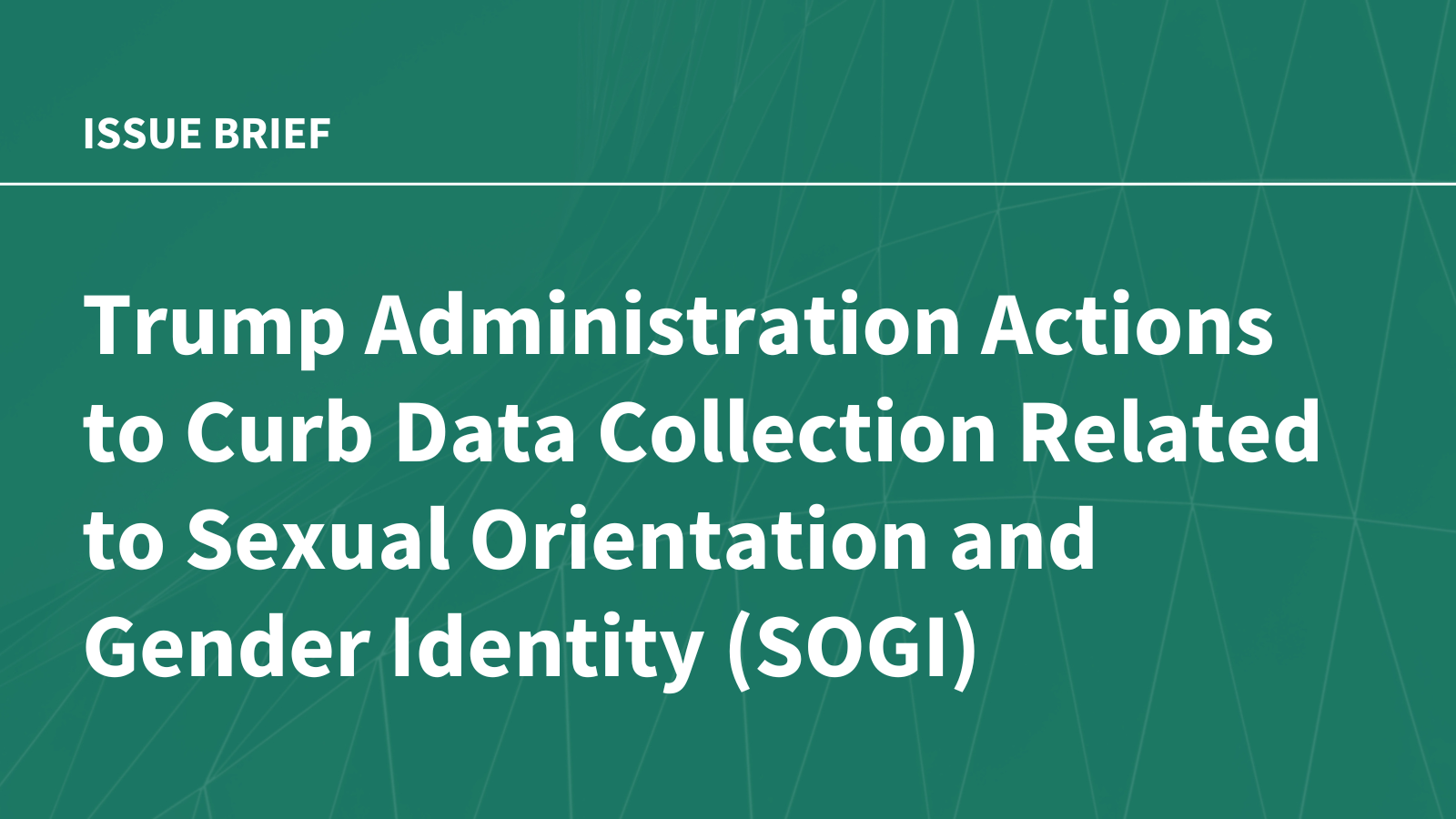MEDIA RELEASE
Business improvement programme update
Today Ryman Healthcare (Ryman) has announced several changes as part of its Fit for the Future programme.
Key changes include:
• Introducing new pricing and choice for new residents
• Moving towards a new structure to support our villages
• Resetting our approach to new village development
• Further accounting changes to increase transparency and comparability
As previously communicated, Ryman’s Fit for the Future programme has sought to identify initiatives to improve Ryman’s financial performance whilst maintaining exceptional resident experience and care.
Introducing new pricing and choice for new residents
New residents will be offered a new pricing structure for Occupation Rights Agreements (ORAs, known as Residence and Management Contracts in Australia) from 1 October 2024.
Ryman will offer a choice in Deferred Management Fee (DMF), of either 30% or 25% with the latter option having a higher entry price.
New residents will also be able to choose between the current model of fixed weekly fees or new indexed weekly fees set at the time the resident moves in and linked to the annual increase in superannuation in New Zealand or the annual increase in Consumer Price Index in Australia.
“We have listened to our future residents and what’s important to them. Putting choice and certainty at the centre of our pricing structure allows them to make better decisions that suit their own financial circumstances,” said Executive Chair Dean Hamilton.
There will be no changes to contractual arrangements for current residents, or residents under contract, including their agreed DMF or fixed weekly fees.
Mr. Hamilton said “The general population is living longer, our residents are staying longer and costs have increased across the board. As a result, we are increasing our DMF and weekly fees for new residents to ensure we can sustainably provide the facilities and services that underpin the great experience that our residents enjoy today.”
Moving towards a new structure to support our villages
Ryman is moving towards a new services and support structure, based on functional responsibilities across the Group. The intention is to drive efficiency in the near term and provide a platform for improving our systems in the medium term.
“In order to support the exceptional experience we provide residents in our villages, we need to be as efficient as we can be outside of our villages.”
Mr. Hamilton said that over time the company has grown non-village staff numbers and costs at a much faster pace than village resident numbers.
“Looking back, we moved to a regional structure ahead of having the systems capable of doing so efficiently. As a result, we added roles as we expanded, and we replicated functions. Moving to this the new structure provides the best opportunity to drive down costs and improve the systems and processes that will support future growth.”
The new SET structure and members are:
o Chief Financial Officer – Rob Woodgate
o Chief Operating Officer – Marsha Cadman
o Chief Development and Property Officer – Chris Evans
o Chief Customer and Technology Officer – Rick Davies
o Chief People and Safety Officer – Di Walsh
“Unfortunately, this change sees the roles of Chief Executive Officer – New Zealand, Chief Executive Officer – Australia and General Counsel and Company Secretary discontinued in this new structure. On behalf of the Board, I’d like to thank the three departing Senior Executives for their contribution to Ryman and wish them all the very best.”
“We are commencing a consultative process for the wider support and services team over the coming months as we look to cascade through the proposed changes.”
“There are no changes to the structure within our Ryman villages and we remain fully focused on maintaining the great experience for our residents,” said Mr. Hamilton.
The search for a new Chief Executive Officer remains underway, and the Board is targeting having someone in the role by the end of the calendar year.
Resetting approach to new village development
“As we said at our full year results and our annual shareholder meeting, we are focused on completing the 10 villages under active construction, all of which have already welcomed new residents. In the current financial year, we have opened three of the four new main buildings at these villages planned for the period (at Miriam Corban, James Wattie and Keith Park). We have also opened our ninth village in Victoria with Sir Hubert Opperman in Mulgrave welcoming its first residents in recent weeks. Our priority is to progressively finish these 10 villages over the next four to five years on time and to the forecast cost projections we shared at our full year results.”
“Outside of these 10 inflight projects, we do not intend to commence a new development before March 2026.”
Mr. Hamilton said, “We believe it makes sense to pause and wait for construction costs and interest rates to weaken from recent high levels, while releasing capital from current inflight developments as these are completed and sold down.”
“How both the New Zealand and Australian governments resolve the widely acknowledged insufficiency of aged care funding will also influence when and where we prioritise our future builds. We have been clear with both governments that we need to see change if they want us to build more beds and we believe there are solutions,” said Mr. Hamilton.
Additionally, Ryman has announced that it will transition its delivery model and capability from an inhouse development, design and construction model to an outsourced model for future new villages.
“Whilst the inhouse approach has delivered certain benefits, we believe that the fixed resource model reduces our flexibility over time.”
In addition to our 10 inflight developments, Ryman has 10 sites in our landbank across New Zealand and Victoria. With the intended pause, Ryman believes it has sufficient land to then develop until at least 2030.
“We know we need to improve the financial performance of our new village developments. We must have the discipline to only start a development when we know we have the financial capacity to finish it and when we know we can recycle 100% of our development capital,” said Mr. Hamilton.
Further accounting changes to increase transparency and comparability
Analysis completed through the transformation programme has affirmed that Ryman residents are progressively staying longer in retirement living. As a result, the expected periods of tenure used to recognise DMF revenue will be increased to nine years for independent units, and four and a half years for serviced units (previously seven years and three years respectively).
As signalled at its FY24 result, Ryman has reviewed the timing of accounting recognition for ORAs and intends to move this to the point at which a resident occupies a retirement unit, aligned with others in the industry (previously at the point of signing an application form). This change will not have an impact on IFRS profit before tax and fair value movements (PBTF), or cashflow from existing operations (CFEO).
These changes are expected to take effect in the current financial year, with an update on progress to be provided at the half year result in November.
In addition, Ryman continues work on segmenting its village financial performance between its aged care and retirement village operations with the intention of providing details of these at the FY25 full year result.
Outlook
Sales conditions remain challenging at this point of the economic cycle, with residential property market volumes subdued, making it harder for potential residents to sell their family homes and move into our villages.
Mr Hamilton said, “While forecasted interest rate reductions and an eventual improvement in employment confidence should support residential property markets in 2025, this feels unlikely in the next six months.”
“Given the continued uncertainty around market conditions in the near term, we believe a prudent step is to seek amendments to some of our financial covenant levels for upcoming testing periods. We are in positive discussions with our lenders who remain very supportive of the business. We expect to update the market on the outcome of this in the coming weeks.”
“We continue to actively manage our operations and we maintain our FY25 guidance of positive free cash flow, spending $700-820 million on capex (albeit at the low end), and completing 850 – 950 retirement village units and aged care beds.”
Chief Financial Officer, Rob Woodgate said, “The changes to our pricing model will take time to have a meaningful financial impact. Given our new pricing structure will only apply to new ORAs, and deferred management fees are collected (in cash terms) when residents vacate, it will take time for the changes to fully mature into our portfolio.”
Ryman will provide an update on the expected benefits and costs associated with the Fit for the Future programme at the release of the half-year results post consultation with its team members.
“The Board and Executive team are confident that Ryman’s history of industry-leading innovation and clear focus on what is good enough for mum or dad, provides us with the foundation to deliver a stronger future and one that balances great care with great financial performance. Our residents will continue to remain at the centre of everything we do,” said Mr. Hamilton.
“It is also important to note that this is a significant period of change for our dedicated Ryman team members, who we will continue to support. We are committed to improving all areas of our business and I want to thank our team for their dedication to our residents and to Ryman.”
Publisher: Source link









